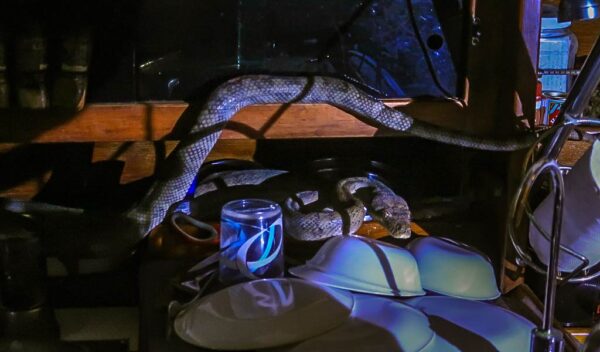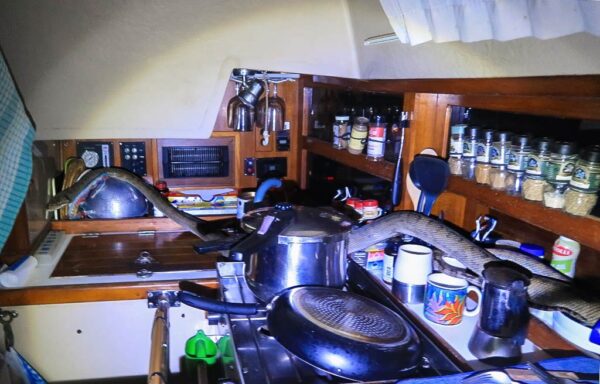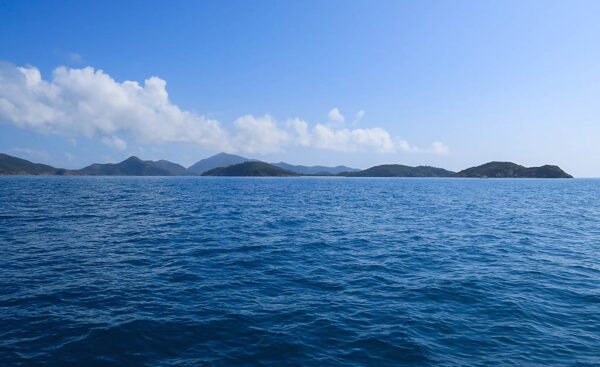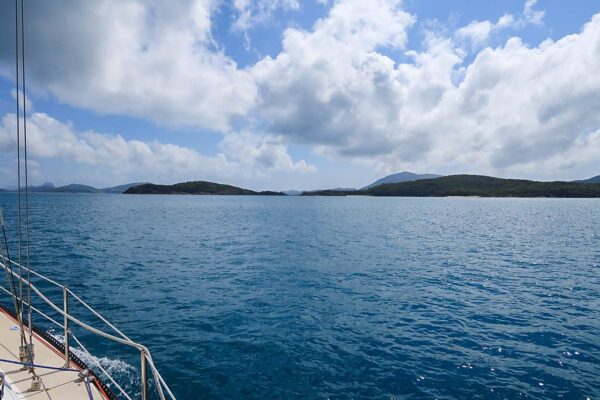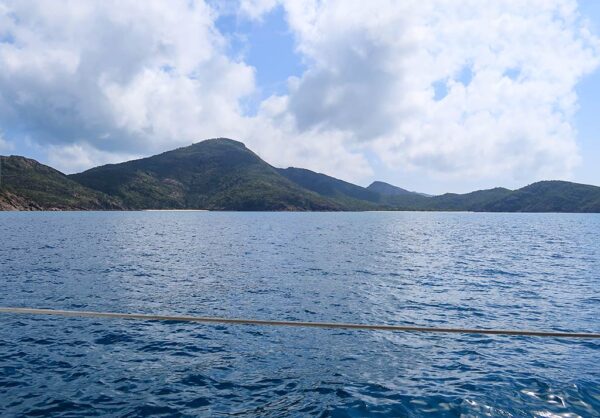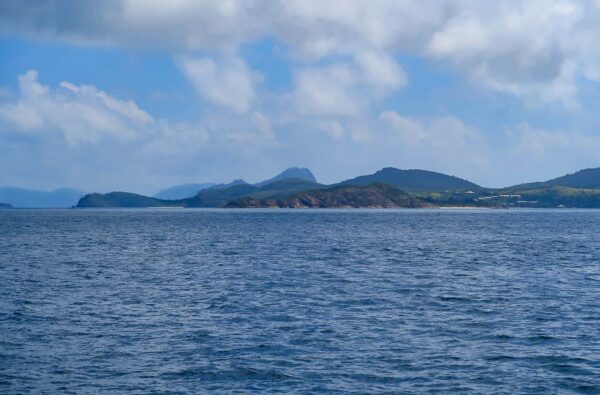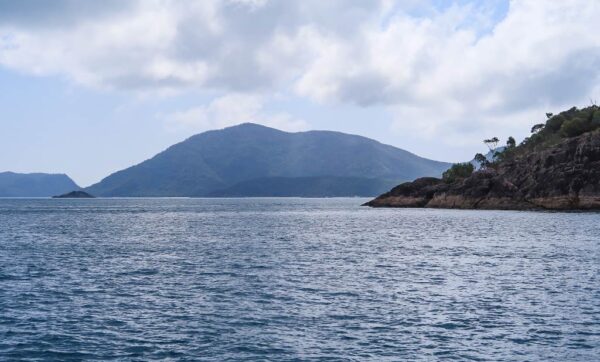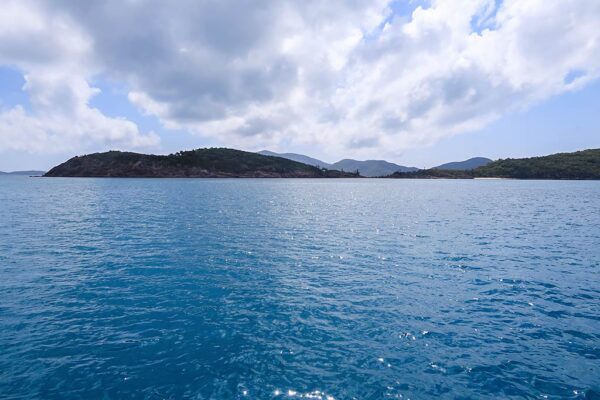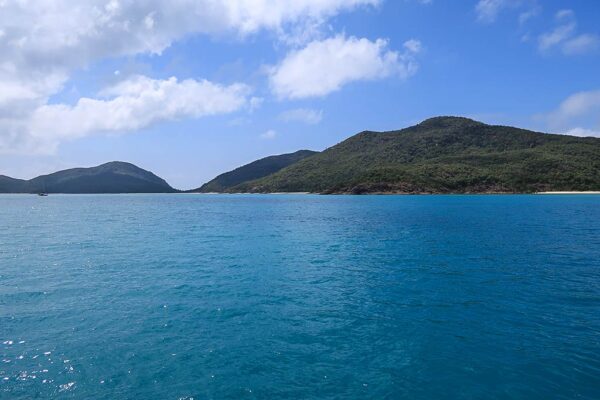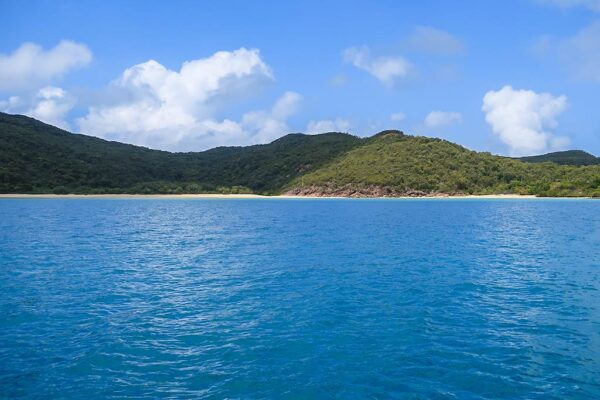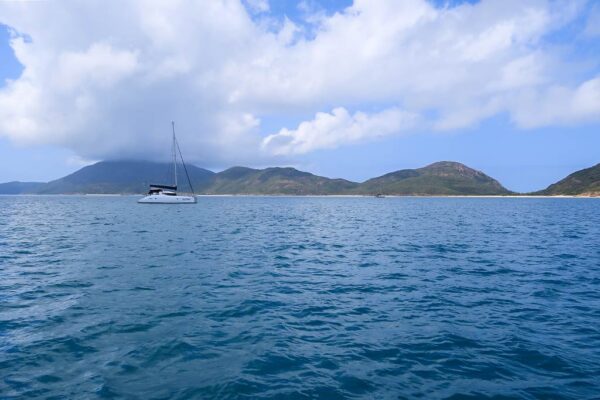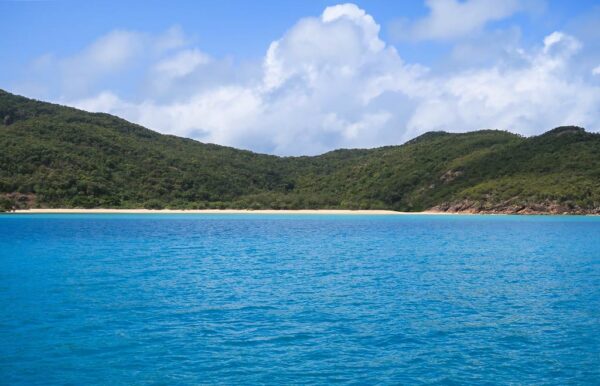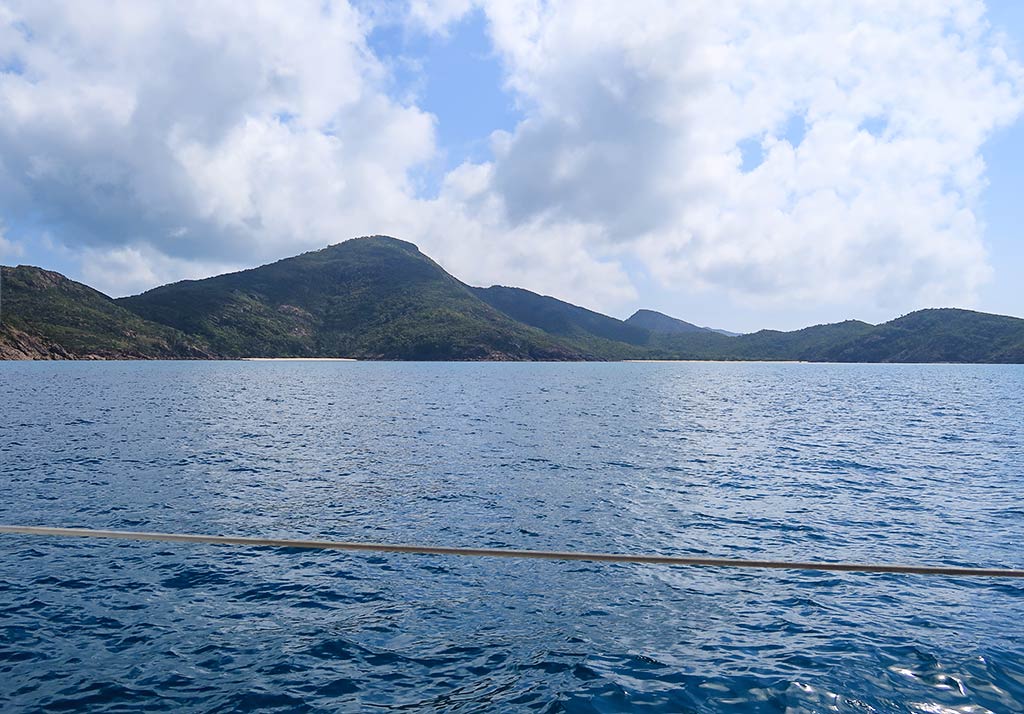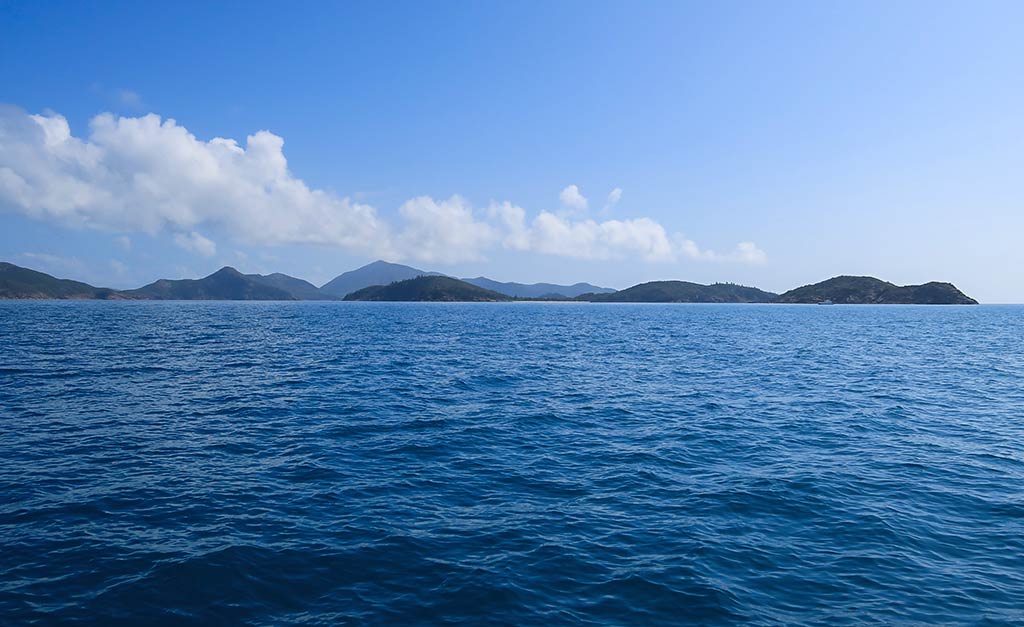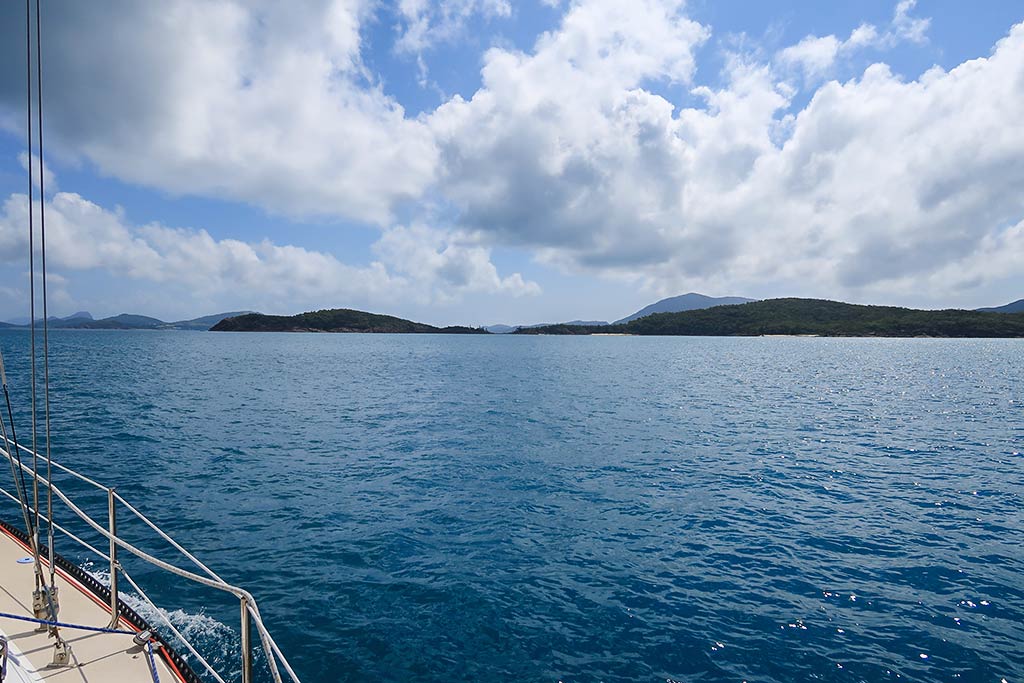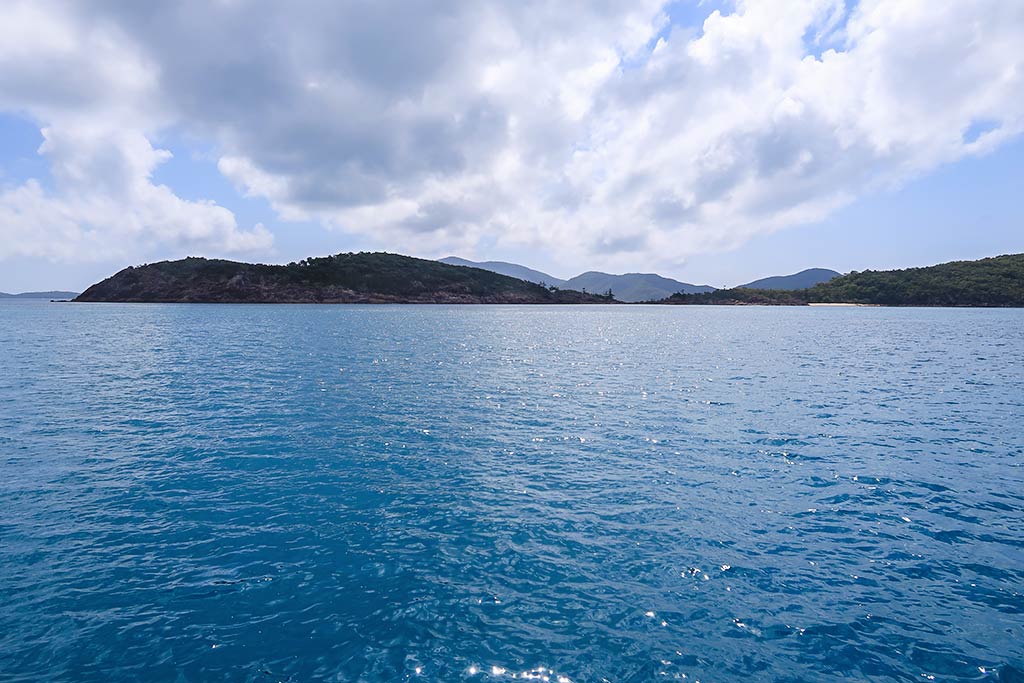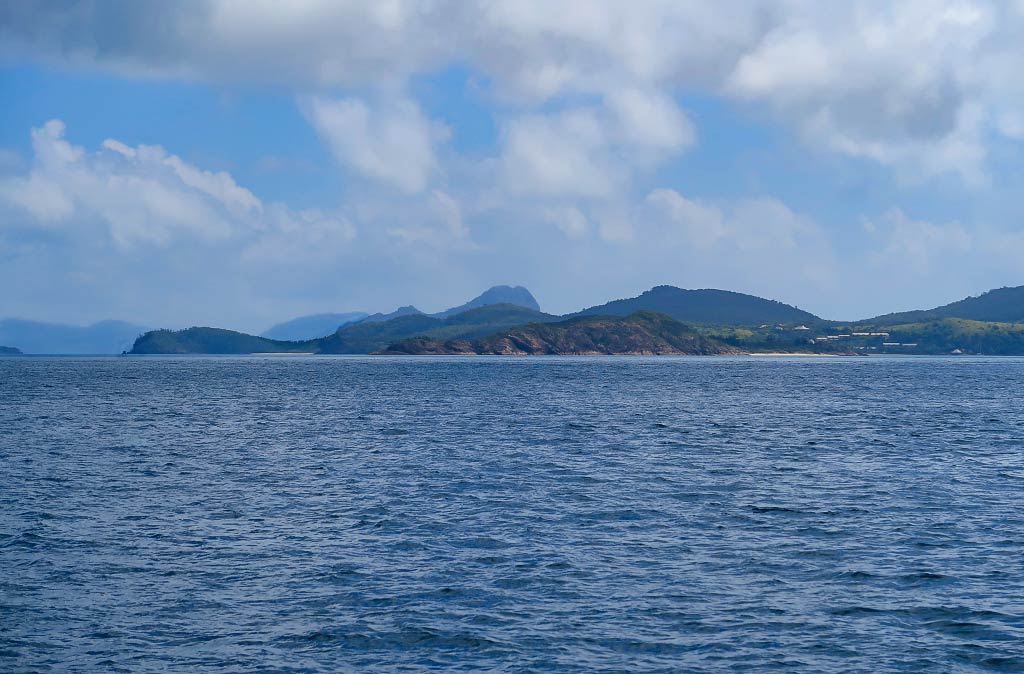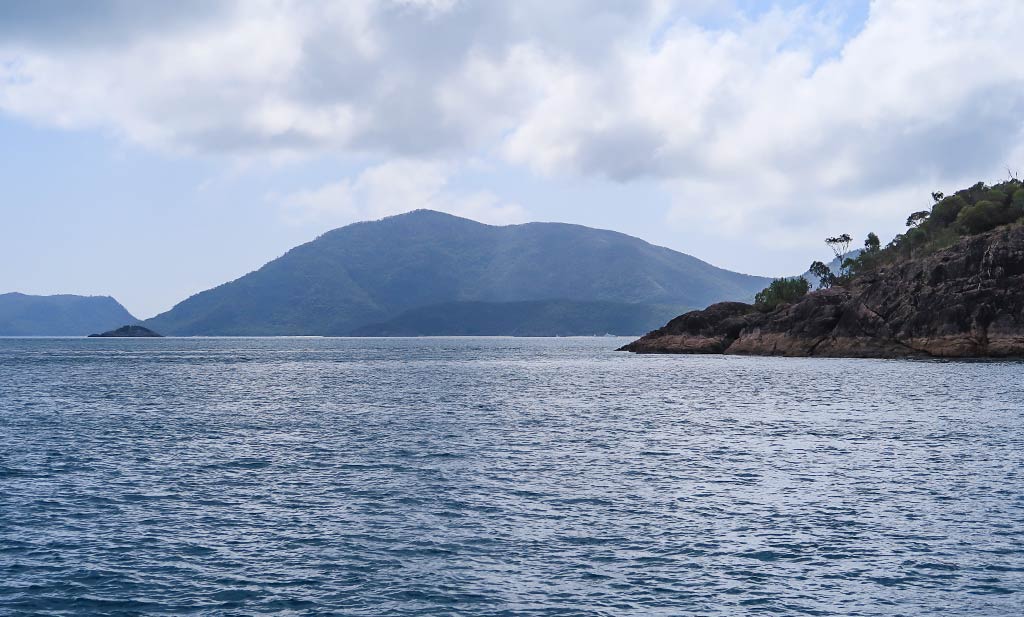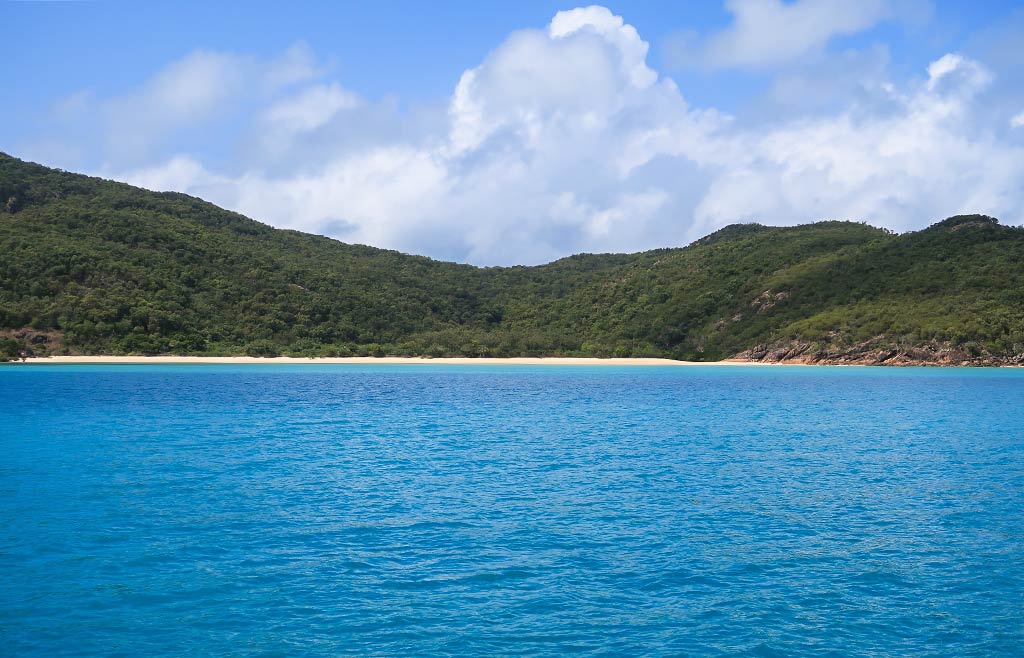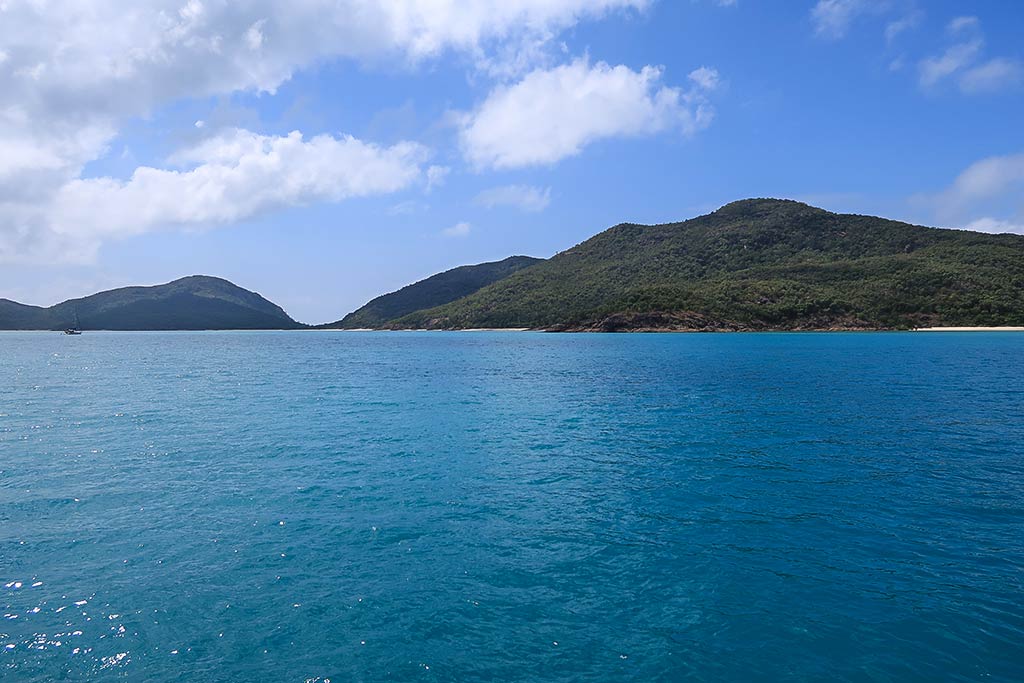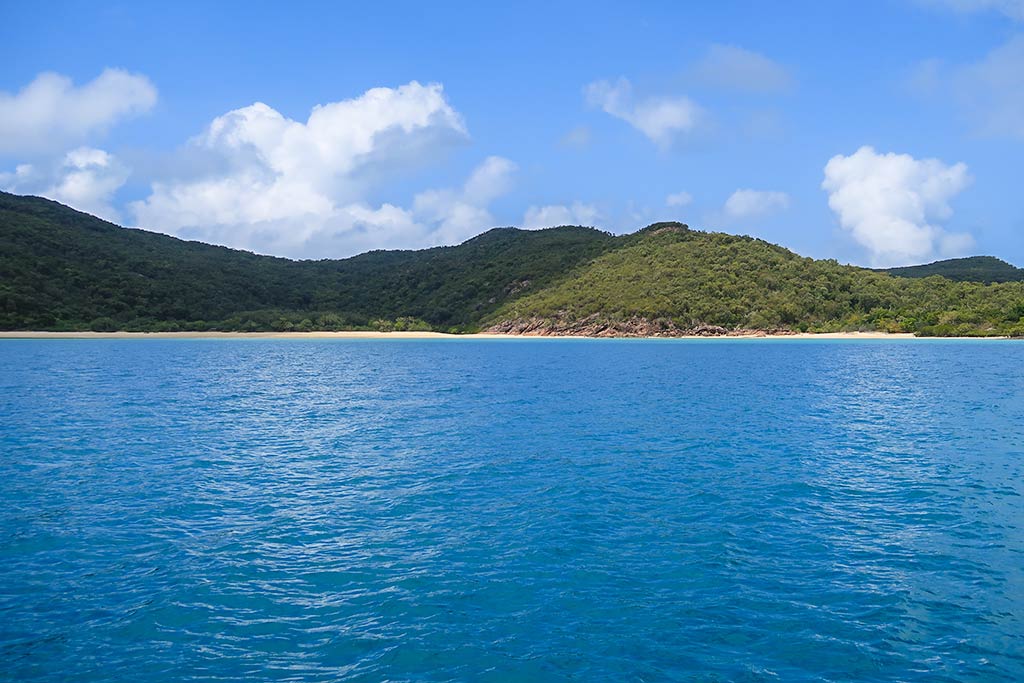Posted March 22, 2024 about
September 21, 2022
Our next destination would now be Lindeman Islands National Park, consisting of two large islands, Lindeman and Shaw, surrounded by a few smaller islands. (Thomas Island, mentioned in my last post, sits outside the group to the south.) Below, a map of the area . . .
Sorry, we have no imagery here.
Sorry, we have no imagery here.
Sorry, we have no imagery here.
Sorry, we have no imagery here.
Sorry, we have no imagery here.
Sorry, we have no imagery here.
Sorry, we have no imagery here.
Sorry, we have no imagery here.
Sorry, we have no imagery here.
Sorry, we have no imagery here.
Sorry, we have no imagery here.
Sorry, we have no imagery here.
To navigate, press the arrow keys.
Hamilton and Dent Islands (beginning of the Whitsunday Islands)
Shaw and Lindeman Islands are in close proximity to each other. Shaw Island’s long slim curve of land lies in a north-south direction, while Lindeman’s rounder form nestles just inside Shaw’s northern tip. The islands are less than a mile apart at their nearest point, creating a natural harbor-like space between them.
Our plan was to anchor between them, close to Shaw’s southern end. Below is a map of Shaw and Lindeman Islands.
As we approached Shaw Island, its south shore came clearly into view and didn’t look especially interesting.
But as we motored around the island, an amazing view unfolded to the north: a wonderland of peaky mountains, rolling hills, and scattered islands as far as the eye could see!
We were now very close to Whitsunday Island National Park, and it was exciting to get a glimpse of it. From here on, not only would the islands be more mountainous, they’d also be much closer to mainland Australia. All this land around gave the area a much different feeling.
For now, Shaw Island’s silhouette was impressive as its rounded hills were divided by low saddles and fringed by beaches. This was accented by a singular high mountain rising prominently in the middle of the island.
Shaw was forested by Australian bush made up of leafy trees, wispy pines, and dense underbrush. The tropical water’s hues ranged from bright royal blue to turquoise and green near the shore. It was actually quite beautiful for the easily impressed (apparently me). But even the less easily impressed (Rich) had to say it was nice.
We anchored off a large, wide beach, divided from a neighboring beach by a rocky shelf. It was still early enough that we could go ashore to explore.
And now let’s delve into another challenge of cruising. Well, not just cruising but travel and, for that matter, life:
Pop Quiz: You have the immediate opportunity for a once-in-a-lifetime experience, a moment you won’t encounter again. Yet you aren’t in a good place emotionally (upset, sad, or sulking) or maybe just simply tired. What do you do, what do you do? Your body and soul are telling you that you don’t feel like partaking, but a small part of your brain is saying, “Hey, snap out of it, or you’ll miss this. And if you miss this, you’ll regret it later.”
The larger part of you doesn’t care, but hopefully that small voice can help you see the golden thread to something better. To follow this thread, you will have to stand up, get moving, and go through the motions of actually wanting to do this thing (whatever it may be). Going through the motions will actually give the happier part of you a chance to catch up to the moment. Before you know it, you’ve overcome the mood and reconnected with the world. At least this is usually my process.
Neither one of us was feeling motivated go ashore, but it was now or never; so I prodded us to get going. Soon, sunscreen was re-applied, cameras were in my backpack, sandals were dug out, and we were in the dinghy headed towards shore.
The area off the beach was quite shallow; so I jumped out of the dinghy and walked us in. The water was clear and quite pretty, looking like a great place to sit and bask while taking in the scenery. The beach was even bigger than it had looked from the boat. I was suddenly looking forward to this outing! –Cyndi
